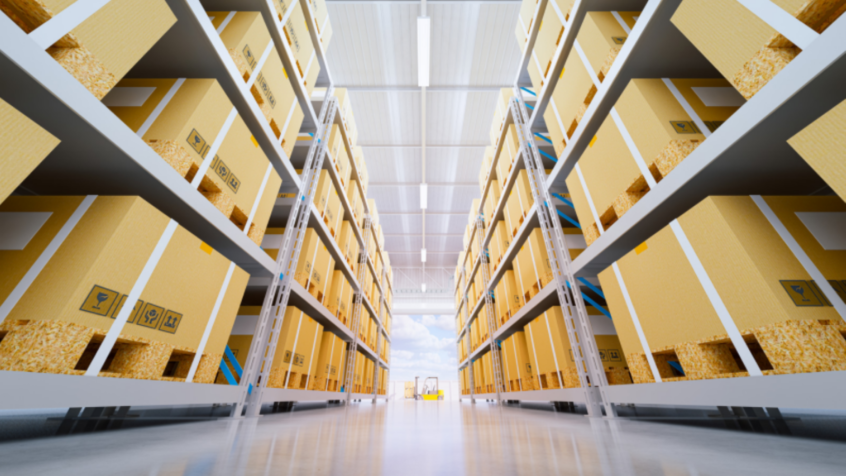The Supply Chain Market is no doubt one of the most important businesses in the world, as international shipping accounts for the carriage of 90% of world trade. Naturally, to keep up with the growing demands, those responsible for keeping the cargo moving are investing in top-tier technology to gain a competitive advantage.
What Kinds of Technology Are Being Utilized?
One of the most important aspects of supply chain cargo logistics is real-time visibility. IoT sensory technology, which utilizes warehouses to track inventory, is just one example. Companies who are using Supply Chain Visibility tactics have reportedly seen more than a 20% growth with efficiency. Several new TMS includes a feature of “global tracking”, by entering in air shipment or container information, the tracking info auto-populates where the location of the cargo is, allowing the power of tracking to be held with the customers directly.
Last-mile automation, well known and possibly the most important to complete the shipment, involves getting the goods to the final destination at the best cost, and many have employed or at least considered robotics such as drones, or the biggest, e-Commerce solutions. As the industry grows, a report from Lux Research reports “automated last-mile delivery technologies will generate up to $48.4 billion in revenue by 2030”. We already see these tactics implemented with UPS, FedEx, and Amazon.
Trends for the Future?
Data research has predicated what new technology we can expect, and how it will be implemented and used as an advantage. According to Garter.com, they have predicated “through 2023, demand for robotic goods-to-person systems will quadruple to help enforce social distancing in warehouses.” They have also predicted, “By 2023, 50% of global product-centric enterprises will have invested in real-time transportation visibility platforms.”
With technology numbers this high, customers aren’t taking any risks with careful consideration on who to take care of their cargo.

